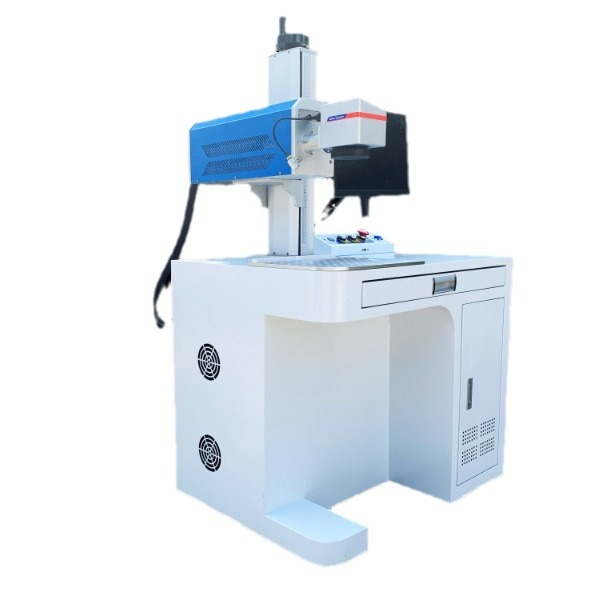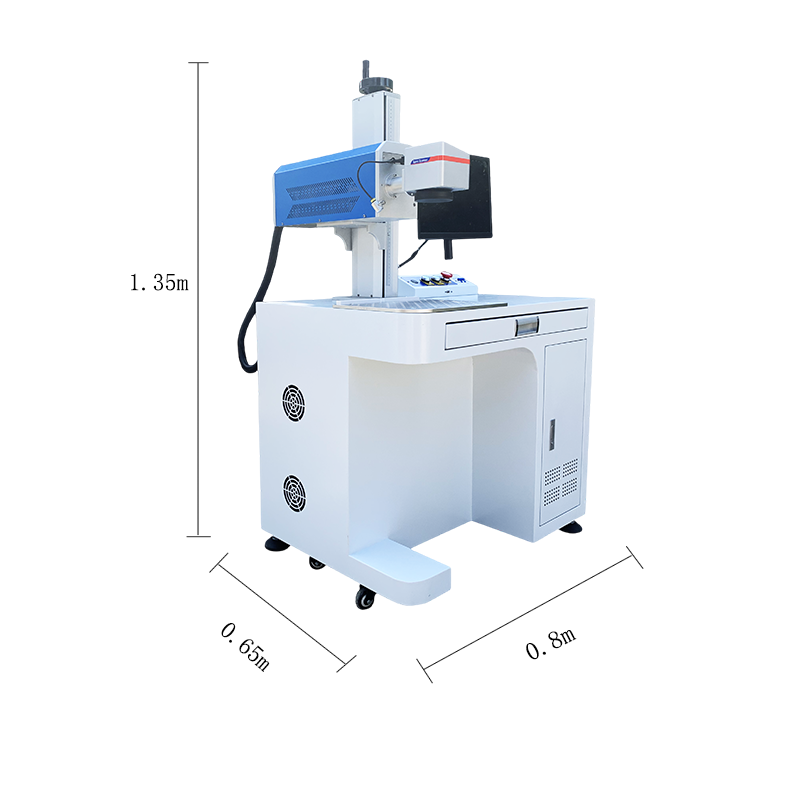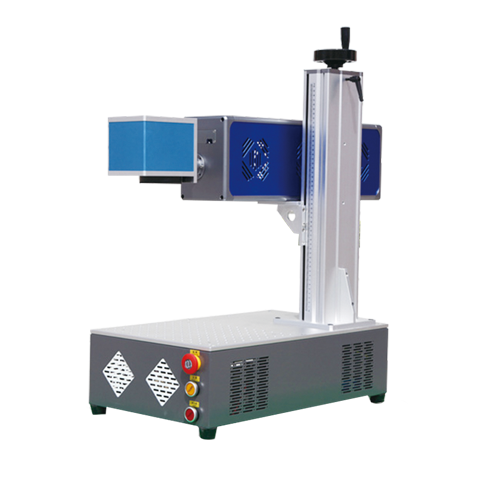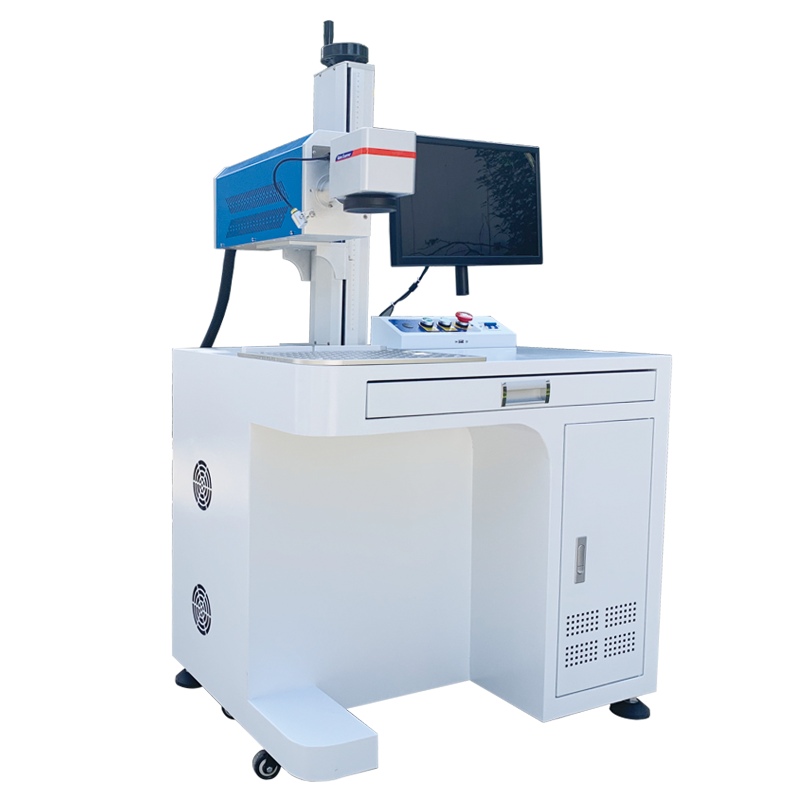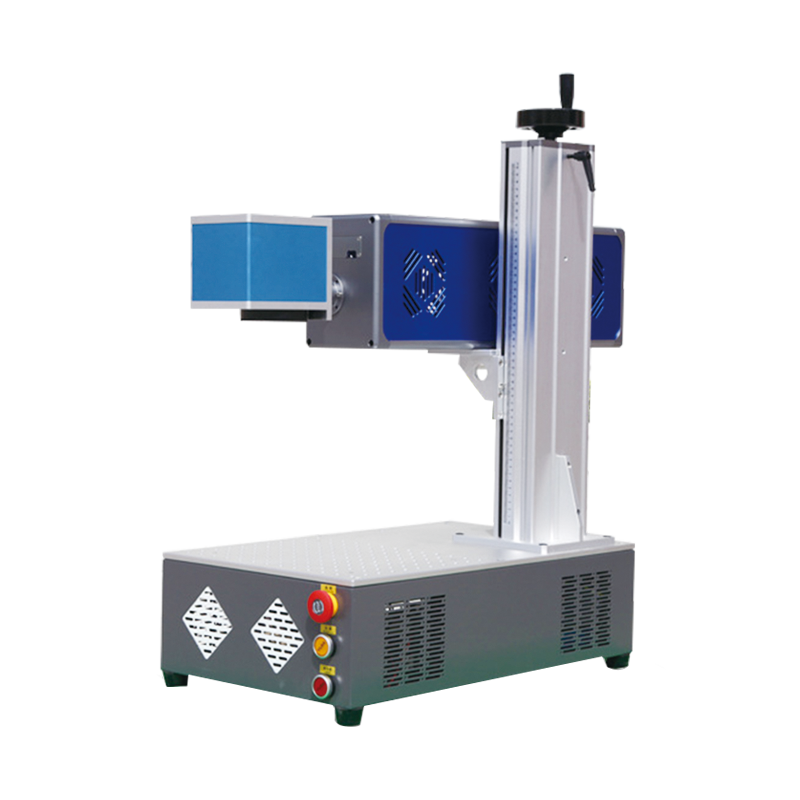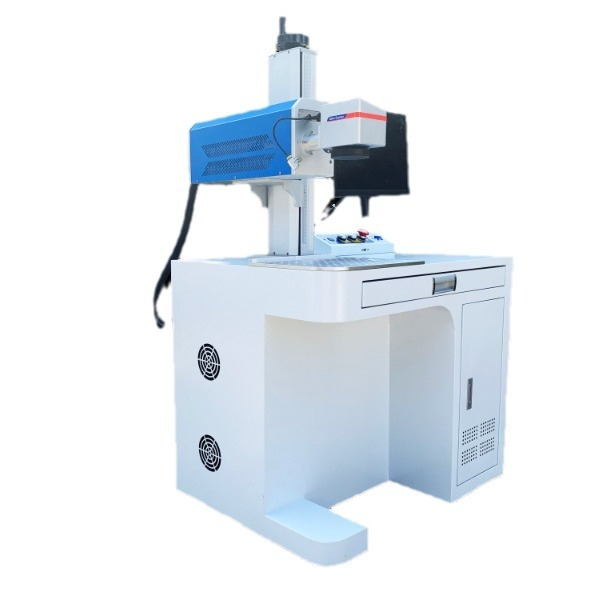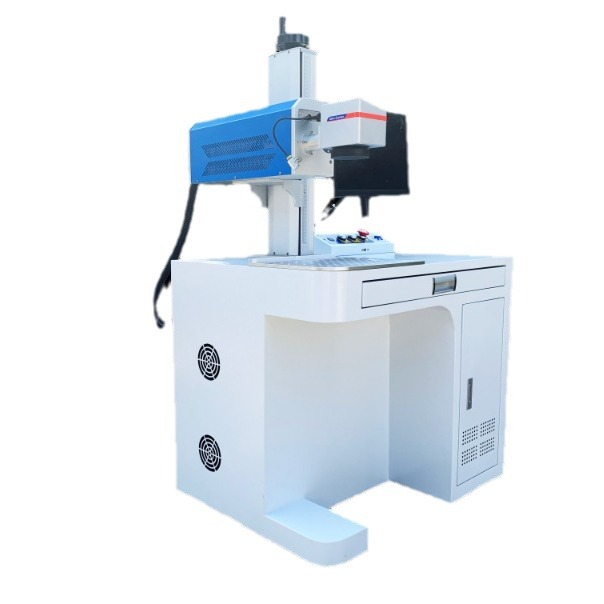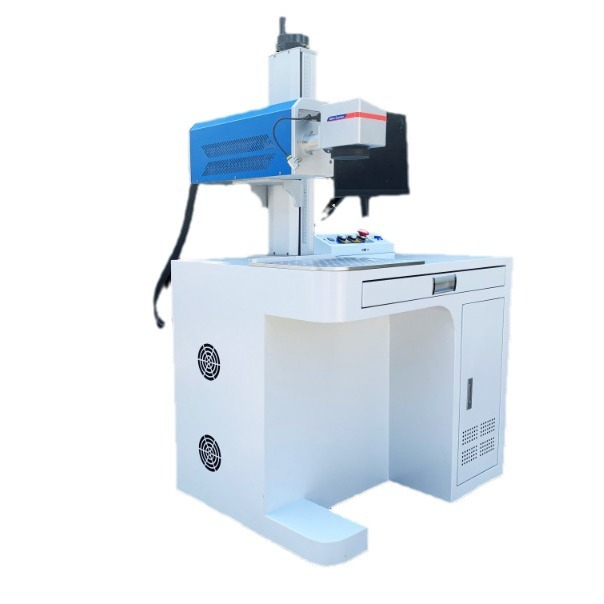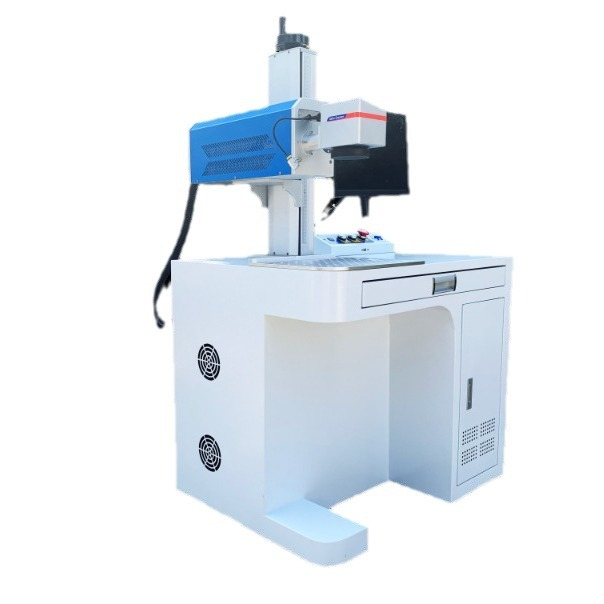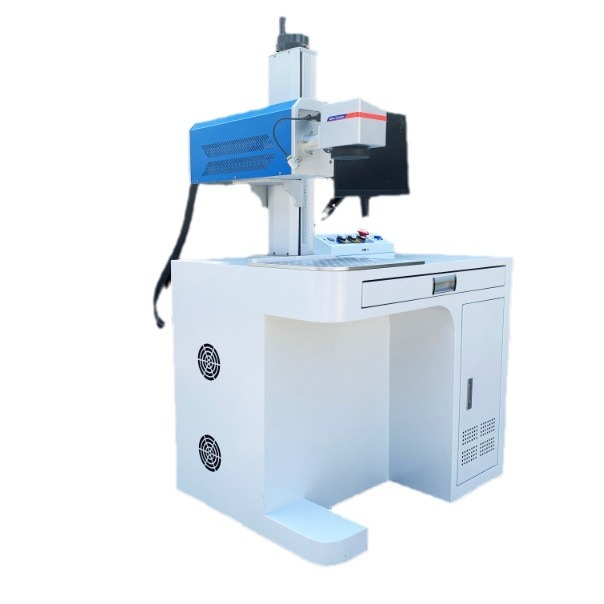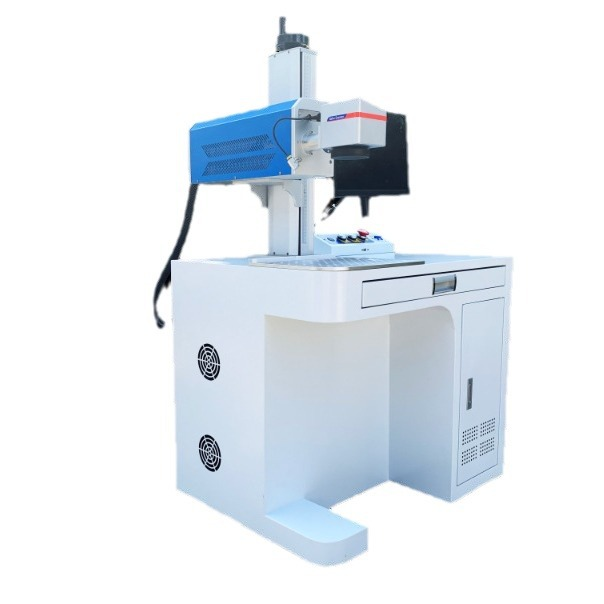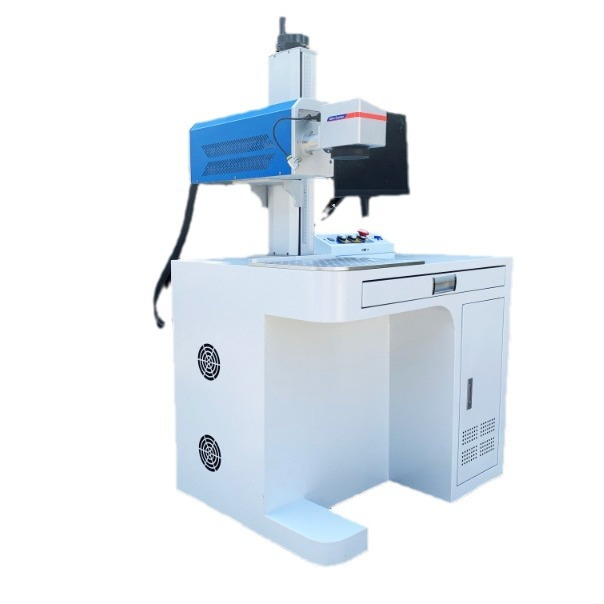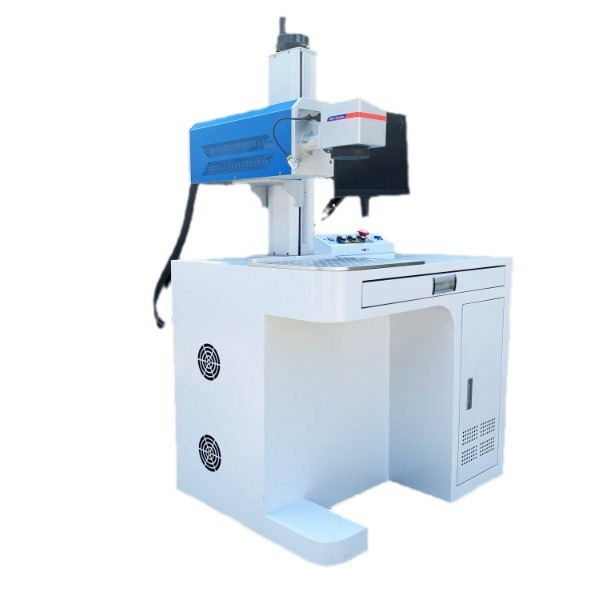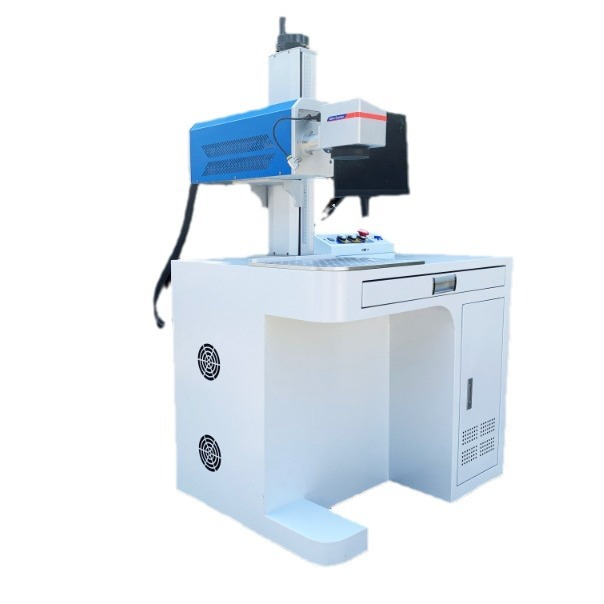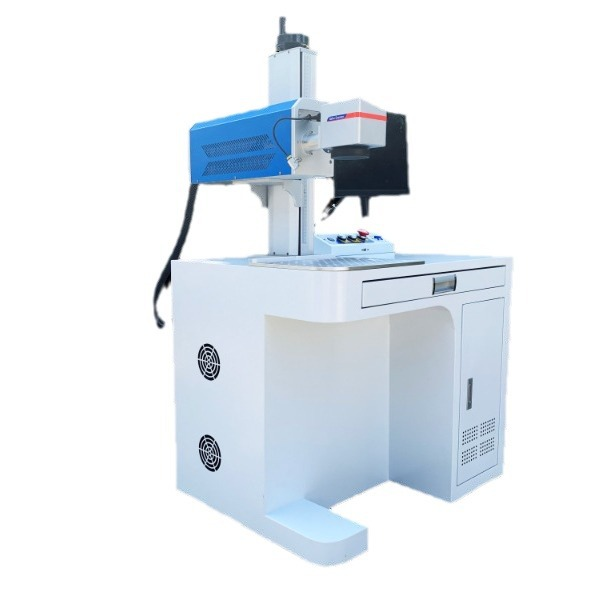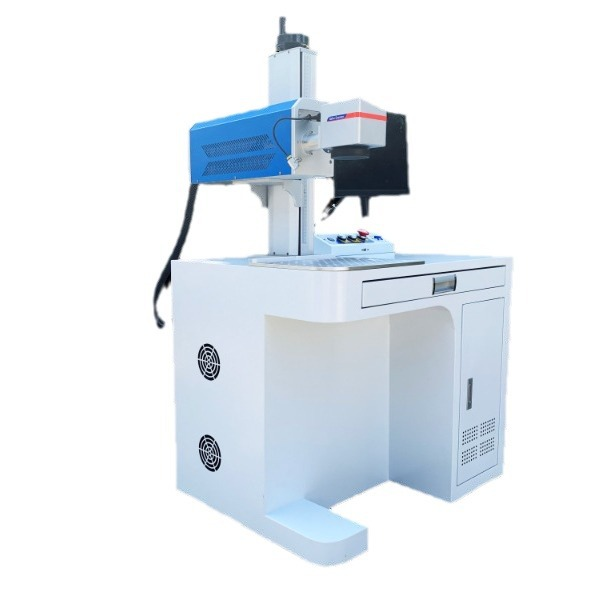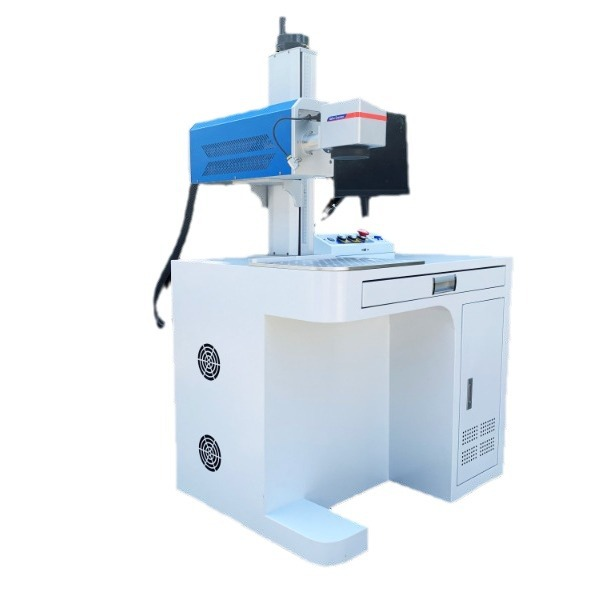Removing laser markings from metal parts, especially those made by a CO2 laser machine, can be challenging but is possible using mechanical, chemical, or abrasive methods. Here are the most effective techniques:
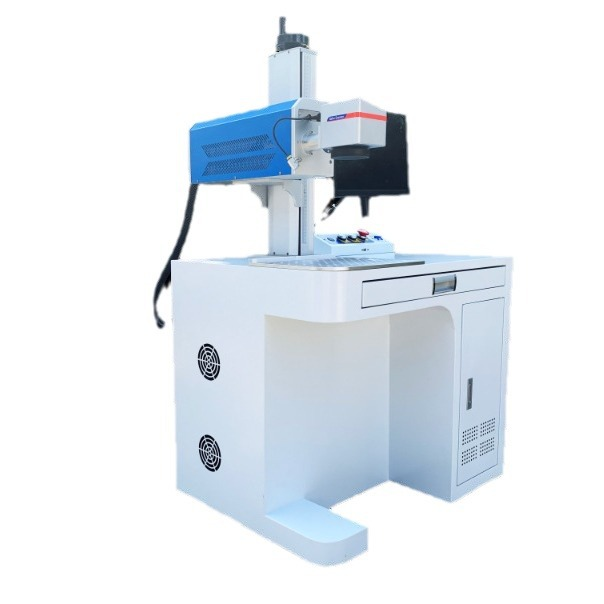
1. Mechanical Methods (Best for Shallow Marks)
Sanding/Polishing:
Use fine-grit sandpaper (400–1000 grit) or a polishing wheel to gently remove the laser mark.
Works best on stainless steel, aluminum, or titanium.
Wire Brushing:
A rotary tool with a wire brush can remove surface markings without deep scratches.
2. Chemical Methods (For Certain Metals)
Aluminum:
Use NaOH (Sodium Hydroxide) or phosphoric acid to dissolve the oxidized layer.
Rinse immediately with water to prevent over-etching.
Stainless Steel:
Nitric Acid or Hydrofluoric Acid (HF) mixtures can help, but require extreme caution (toxic fumes).
Alternatively, use a rust remover gel (phosphoric acid-based).
Copper/Brass:
Ferric Chloride or vinegar + salt solution can remove laser marks.
3. Electrolytic Removal (For Deep Marks)
Use a saltwater bath + DC power supply (anodizing reversal method).
Works well on anodized aluminum or conductive metals.
4. Laser Marking Removal Machines (Specialized)
Some companies offer fiber laser cleaners that selectively remove marks without damaging the base metal.
5. Paint/Coating Over the Mark (Non-Removal Option)
If removal isn't possible, cover it with paint, powder coating, or engraving filler.
Safety Precautions
Wear gloves, goggles, and a respirator when handling chemicals.
Test methods on a small area first.
Avoid aggressive abrasives on thin or precision parts.

